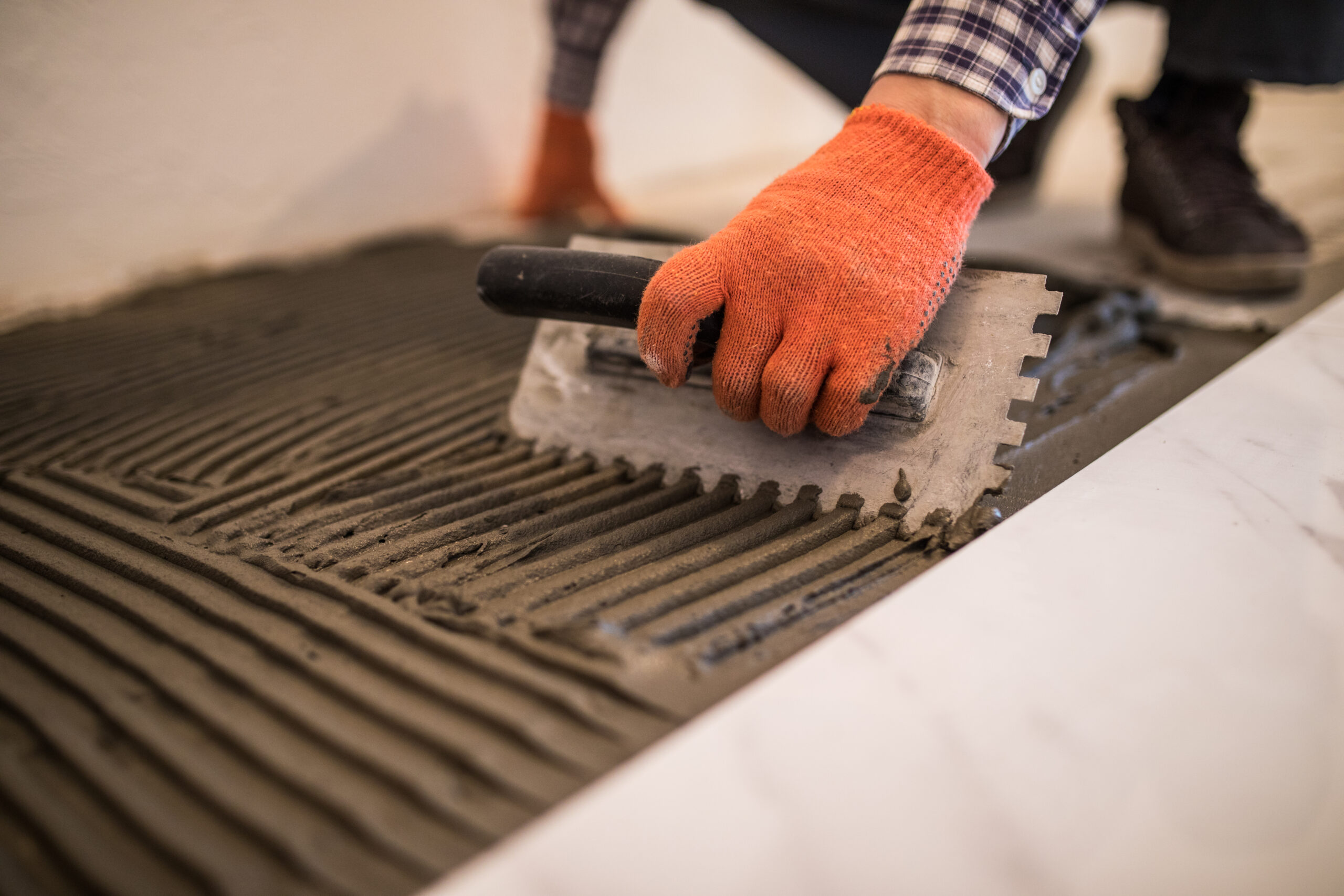In our previous blog, we delved into the thriving concrete industry in India, exploring its growth drivers, challenges, and the significance of industry events like “World of Concrete India.” Now, let’s embark on an exciting journey into the future of concrete as it enters its next stage of advancements. With ground-breaking technological innovations, sustainability initiatives, and evolving construction practices, concrete is set to be reinvented and revolutionize the possibilities in the built environment. In this blog, we will explore the next stage of advancements in the concrete industry and how it will shape the future of construction.
Smart Concrete: Pioneering Structural Health Monitoring
At the forefront of the next stage of concrete advancements is smart concrete. This revolutionary material is embedded with sensors that enable it to monitor its own structural health in real-time. By detecting cracks, damages, or other structural concerns, smart concrete provides invaluable data for proactive maintenance, ultimately enhancing safety and extending the lifespan of concrete structures. With the advent of smart concrete, we can expect a paradigm shift in how we monitor and maintain infrastructure, leading to improved safety, reduced costs, and optimized resource allocation.
3D Printing: Redefining Construction Techniques
One of the most transformative changes on the horizon is the integration of 3D printing technology into the construction industry, with concrete taking centre stage. This innovative technique allows for the precise layer-by-layer printing of complex structures, leading to accelerated construction timelines, reduced material wastage, and unparalleled design freedom. 3D concrete printing opens up possibilities for intricate architectural designs, customizable components, and even on-site construction of affordable housing solutions. As 3D printing technology evolves, it will reshape the construction landscape, paving the way for unprecedented innovation and sustainable practices.
Carbon Capture and Utilization: Mitigating Environmental Impact
In the face of mounting environmental concerns, the concrete industry is actively exploring solutions to mitigate its ecological footprint. One such solution is carbon capture and utilization (CCU) technology. By capturing carbon dioxide emissions from industrial processes and incorporating them into concrete production, we can permanently store CO2 while enhancing the material’s strength. CCU holds immense promise in reducing carbon emissions and achieving climate goals, playing a pivotal role in fostering a more sustainable construction sector.
Self-Healing Concrete: Enhancing Durability and Longevity
The future of concrete also holds the promise of self-healing properties. Self-healing concrete is designed to autonomously repair cracks and damages, extending the durability and lifespan of structures. This innovative material employs microcapsules containing healing agents or utilizes bacteria that produce calcite, allowing the concrete to self-repair. The integration of self-healing concrete has the potential to significantly reduce maintenance costs, increase infrastructure resilience, and drive sustainable practices in the construction industry.
Recycled and Green Concrete: Promoting Circular Economy
In the pursuit of sustainability, the concrete industry is embracing the development of recycled and green concrete. By incorporating recycled aggregates and supplementary cementitious materials such as fly ash or slag into concrete production, the industry can reduce reliance on virgin resources and minimize waste. Green concrete, which utilizes environmentally friendly binders or alternative cementitious materials, further contributes to a circular economy. The widespread adoption of recycled and green concrete will play a vital role in reducing the carbon footprint of the construction industry and promoting sustainable practices.
Conclusion:
As the concrete industry gears up for its next stage of advancements, we are poised to witness a remarkable transformation in construction practices. The integration of smart concrete, 3D printing, carbon capture and utilization, self-healing concrete, and recycled and green concrete will shape the future of the industry, enhancing efficiency, sustainability, and innovation. In this journey of progress, events like “World of Concrete India” play a pivotal role. These industry exhibitions and gatherings provide a platform for businesses, professionals, and experts to come together, exchange ideas, showcase new technologies, and foster collaboration. The knowledge sharing and networking opportunities offered by events like “World of Concrete India” help propel the industry forward, enabling stakeholders to stay updated with the latest trends and forge partnerships that drive innovation and sustainable practices. The upcoming edition of World of Concrete India is scheduled on 18-20 Oct at Bombay Exhibition Centre, Mumbai. By embracing these advancements and leveraging the resources offered by industry events, the concrete industry can build a resilient and future





